Home>Gardening & Outdoor>Landscaping Ideas>How Late To Plant Grass Seed In The Fall
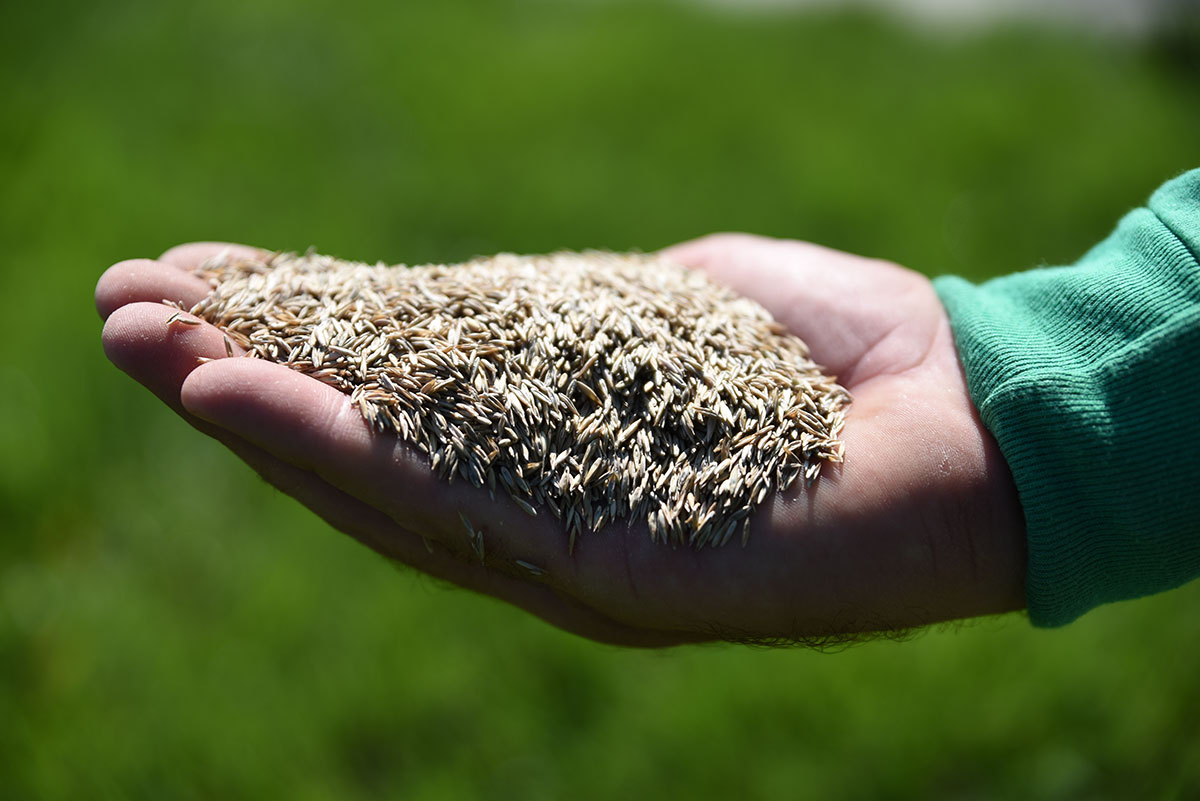

Landscaping Ideas
How Late To Plant Grass Seed In The Fall
Modified: February 18, 2024
Find the best landscaping ideas for late fall grass seed planting. Learn how to achieve a lush lawn with our expert tips and advice. Discover the ideal time for planting grass seed in the fall.
(Many of the links in this article redirect to a specific reviewed product. Your purchase of these products through affiliate links helps to generate commission for Storables.com, at no extra cost. Learn more)
Factors to Consider Before Planting Grass Seed in the Fall
Planting grass seed in the fall can be a strategic and rewarding endeavor, but it’s essential to consider several factors before embarking on this project. Understanding these key elements can help ensure the success of your lawn rejuvenation efforts and pave the way for a lush, vibrant lawn in the coming seasons.
Here are the crucial factors to consider before planting grass seed in the fall:
- Climate and Region: The climate and region in which you reside play a pivotal role in determining the optimal time for planting grass seed. Different grass species thrive in specific climates, so it’s important to select grass seed varieties that are well-suited to your region’s climate. Additionally, understanding the average first frost date in your area is crucial, as planting too late in the fall can hinder seed germination.
- Soil Conditions: Assessing the condition of your soil is imperative before planting grass seed. Conduct a soil test to determine its pH level and nutrient composition. This information will guide you in selecting the appropriate grass seed and making any necessary soil amendments to create an optimal environment for seed germination and growth.
- Existing Lawn Health: Evaluate the current state of your lawn, considering factors such as thatch buildup, compaction, and existing weed or pest issues. Addressing these issues before planting grass seed can significantly enhance the success of your seeding efforts and promote a healthier lawn in the long run.
- Seed Selection: Choosing the right grass seed for your lawn is crucial. Consider factors such as sun exposure, foot traffic, and desired aesthetic qualities when selecting a grass seed variety. Additionally, opting for high-quality, certified seeds can significantly impact the overall success of your lawn establishment and longevity.
- Maintenance Commitment: Establishing a new lawn from seed requires consistent care and maintenance. Before embarking on this journey, consider your availability and willingness to commit to watering, fertilizing, and mowing the newly seeded area. Adequate maintenance is essential for nurturing the young grass plants and ensuring their healthy establishment.
By carefully considering these factors, you can set the stage for a successful grass seeding project in the fall, ultimately leading to a vibrant and resilient lawn that enhances the beauty of your outdoor space.
Key Takeaways:
- Planting grass seed in the fall requires considering factors like climate, soil, and maintenance commitment. Creating ideal conditions and following proper steps can lead to a lush, vibrant lawn.
- Challenges like unpredictable weather, weed competition, and wildlife interference can affect fall grass seeding. Addressing these challenges strategically can contribute to successful lawn establishment.
Read more: How Late To Plant Grass Seed In Fall
Ideal Conditions for Planting Grass Seed in the Fall
Planting grass seed in the fall offers numerous advantages, provided that the ideal conditions are present. Creating an optimal environment for seed germination and establishment is crucial for fostering a healthy and lush lawn. Understanding the ideal conditions for planting grass seed in the fall can significantly enhance the success of your seeding efforts.
Here are the key ideal conditions to consider when planting grass seed in the fall:
- Temperature: The fall season offers cooler temperatures that are conducive to grass seed germination. Ideally, soil temperatures should range between 50 to 65 degrees Fahrenheit for optimal seed establishment. Planting during this temperature range allows the seeds to germinate and develop strong root systems before the onset of winter.
- Moisture: Adequate moisture is essential for seed germination and early growth. Fall often brings more consistent rainfall, which can benefit newly planted grass seeds. However, if rainfall is scarce, supplementing with manual watering is crucial to ensure that the soil remains consistently moist but not waterlogged.
- Sunlight: While fall days are generally shorter, ensuring that the planted area receives ample sunlight is crucial for the photosynthesis process and overall plant health. Selecting grass seed varieties that match the sunlight conditions of your lawn area is important for successful establishment.
- Minimal Competition: Fall is a season when weed competition tends to decrease, providing an advantageous environment for grass seed establishment. Taking steps to minimize weed presence and competition, such as weed control measures, can enhance the success of your grass seeding efforts.
- Less Foot Traffic: Fall typically sees reduced outdoor activities and foot traffic on lawns, offering newly planted grass seeds a better chance to establish without being subjected to excessive stress. Minimizing foot traffic on the seeded area can promote undisturbed germination and early growth.
Creating these ideal conditions for planting grass seed in the fall sets the stage for successful establishment and robust lawn growth. By aligning the planting process with these optimal conditions, you can maximize the potential for a thriving and resilient lawn that enhances the beauty of your outdoor space.
Steps to Planting Grass Seed in the Fall
Planting grass seed in the fall sets the stage for a lush and vibrant lawn in the upcoming seasons. Following the proper steps for planting grass seed is crucial for ensuring successful germination and establishment. By adhering to these essential steps, you can lay the foundation for a healthy and resilient lawn.
Here are the key steps to consider when planting grass seed in the fall:
- Prepare the Soil: Begin by preparing the soil in the targeted planting area. Remove any debris, such as rocks and branches, and loosen the soil to a depth of about 2 to 3 inches to create an optimal environment for seed germination.
- Conduct a Soil Test: Perform a soil test to assess the pH level and nutrient composition of the soil. Based on the results, make any necessary amendments, such as adding lime to adjust pH or incorporating organic matter to improve soil structure and fertility.
- Select the Right Seed: Choose high-quality grass seed that is well-suited to your region’s climate and the specific conditions of your lawn, such as sun exposure and foot traffic. Consider a blend of grass seed varieties to enhance the overall resilience and aesthetic appeal of the lawn.
- Seed Application: Evenly distribute the grass seed over the prepared soil using a seed spreader. Follow the recommended seeding rates for the selected grass species to ensure adequate coverage without overcrowding, which can impede growth.
- Seed-to-Soil Contact: Enhance seed germination by ensuring good seed-to-soil contact. Lightly rake the seeded area to cover the seeds with a thin layer of soil, promoting contact and protecting them from being eaten by birds or washed away by rain.
- Watering: After seeding, gently water the area to moisten the soil. Maintain consistent moisture levels in the soil by lightly watering the seeded area daily, especially if rainfall is insufficient. Avoid overwatering, as this can lead to seed displacement and hinder germination.
- Maintenance: Monitor the seeded area regularly and continue to keep the soil consistently moist until the grass seeds germinate and establish. Once the grass reaches a mowing height, gradually transition to a regular mowing and maintenance routine to promote healthy growth.
By following these steps meticulously, you can optimize the conditions for successful grass seed germination and establishment in the fall, ultimately paving the way for a lush, resilient lawn that enhances the beauty of your outdoor space.
It’s best to plant grass seed in the fall at least 45 days before the first frost. This gives the seed enough time to establish before winter. Avoid planting too late, as the seed may not have enough time to grow before the cold weather sets in.
Tips for Successfully Planting Grass Seed in the Fall
Planting grass seed in the fall presents an opportune time to establish a healthy and vibrant lawn. To maximize the success of your seeding efforts and foster robust grass growth, it’s essential to consider several key tips that can enhance the overall effectiveness of the planting process.
Here are valuable tips for successfully planting grass seed in the fall:
- Timing Is Key: Aim to plant grass seed early enough in the fall to allow sufficient time for germination and establishment before the arrival of winter. This timing optimizes the favorable conditions of the fall season, such as cooler temperatures and consistent moisture levels.
- Choose the Right Seed: Select grass seed varieties that are well-suited to your specific region and the conditions of your lawn, including sunlight exposure and soil type. Opt for high-quality, certified seeds that offer improved germination rates and overall resilience.
- Overseed Existing Lawns: If you have an established lawn that is showing signs of thinning or patchiness, overseeding with new grass seed in the fall can revitalize the lawn and fill in bare areas, promoting a denser and healthier turf.
- Proper Soil Preparation: Ensure that the soil is adequately prepared before seeding by removing debris, loosening the soil, and addressing any soil imbalances identified through a soil test. Well-prepared soil provides an optimal foundation for successful seed germination and growth.
- Even Seed Distribution: Use a seed spreader to evenly distribute the grass seed over the targeted area. This ensures consistent coverage and helps prevent overcrowding, which can impede growth and lead to uneven turf density.
- Maintain Moisture Levels: Keep the seeded area consistently moist by watering lightly and frequently, especially in the absence of sufficient rainfall. Adequate moisture is crucial for seed germination and early growth, so monitor the soil moisture levels closely.
- Minimize Foot Traffic: To prevent soil compaction and disturbance to the newly planted seeds, minimize foot traffic on the seeded area until the grass has established a strong root system and reached a mowing height.
- Monitor and Adjust: Regularly monitor the seeded area for signs of germination and growth. Adjust your watering and maintenance practices based on the progress of the grass seeds to provide optimal conditions for their development.
By incorporating these valuable tips into your grass seeding efforts, you can enhance the likelihood of successful establishment and foster the growth of a resilient and lush lawn that enriches the visual appeal of your outdoor space.
Potential Challenges When Planting Grass Seed in the Fall
While fall presents an advantageous window for planting grass seed, it’s important to be mindful of potential challenges that may arise during this process. Understanding and addressing these challenges can significantly impact the success of your grass seeding efforts and contribute to the establishment of a healthy, vibrant lawn.
Here are some potential challenges to be aware of when planting grass seed in the fall:
- Unpredictable Weather: Fall weather can be unpredictable, with fluctuating temperatures and variable precipitation levels. Sudden cold snaps or extended periods of dryness can hinder seed germination and early growth, necessitating proactive measures to mitigate these effects.
- Competition from Weeds: Weeds can pose a significant challenge to newly planted grass seeds, as fall is a season when weeds may still be active and competing for resources. Implementing weed control measures and minimizing existing weed presence is crucial for promoting successful grass seed establishment.
- Inadequate Soil Preparation: Insufficient soil preparation before seeding can impede the germination and growth of grass seeds. Compacted soil, poor drainage, or nutrient deficiencies can hinder the establishment of new grass plants, emphasizing the importance of thorough soil preparation.
- Wildlife and Birds: Birds and other wildlife may view freshly planted grass seeds as a food source, potentially consuming or disturbing the seeds. Implementing protective measures, such as using netting or scare tactics, can help safeguard the seeded area from wildlife interference.
- Over or Underwatering: Maintaining appropriate soil moisture levels is crucial for successful seed germination. Overwatering can lead to waterlogging and seed displacement, while underwatering can hinder germination. Balancing moisture levels through regular monitoring is essential to address this challenge.
- Early Frost: In regions with early onset of frost, there is a risk that newly germinated grass plants may be damaged by freezing temperatures. Monitoring local frost forecasts and taking protective measures, such as covering the seeded area, can mitigate this risk.
- Foot Traffic and Disturbance: Excessive foot traffic, whether from humans or animals, can disturb the newly planted seeds and impede their germination and establishment. Minimizing traffic on the seeded area is important to promote undisturbed growth.
By acknowledging and proactively addressing these potential challenges, you can better prepare for the intricacies of planting grass seed in the fall and enhance the likelihood of successful establishment. Implementing strategic measures to mitigate these challenges can contribute to the development of a resilient and thriving lawn that enriches your outdoor environment.
Frequently Asked Questions about How Late To Plant Grass Seed In The Fall
Was this page helpful?
At Storables.com, we guarantee accurate and reliable information. Our content, validated by Expert Board Contributors, is crafted following stringent Editorial Policies. We're committed to providing you with well-researched, expert-backed insights for all your informational needs.
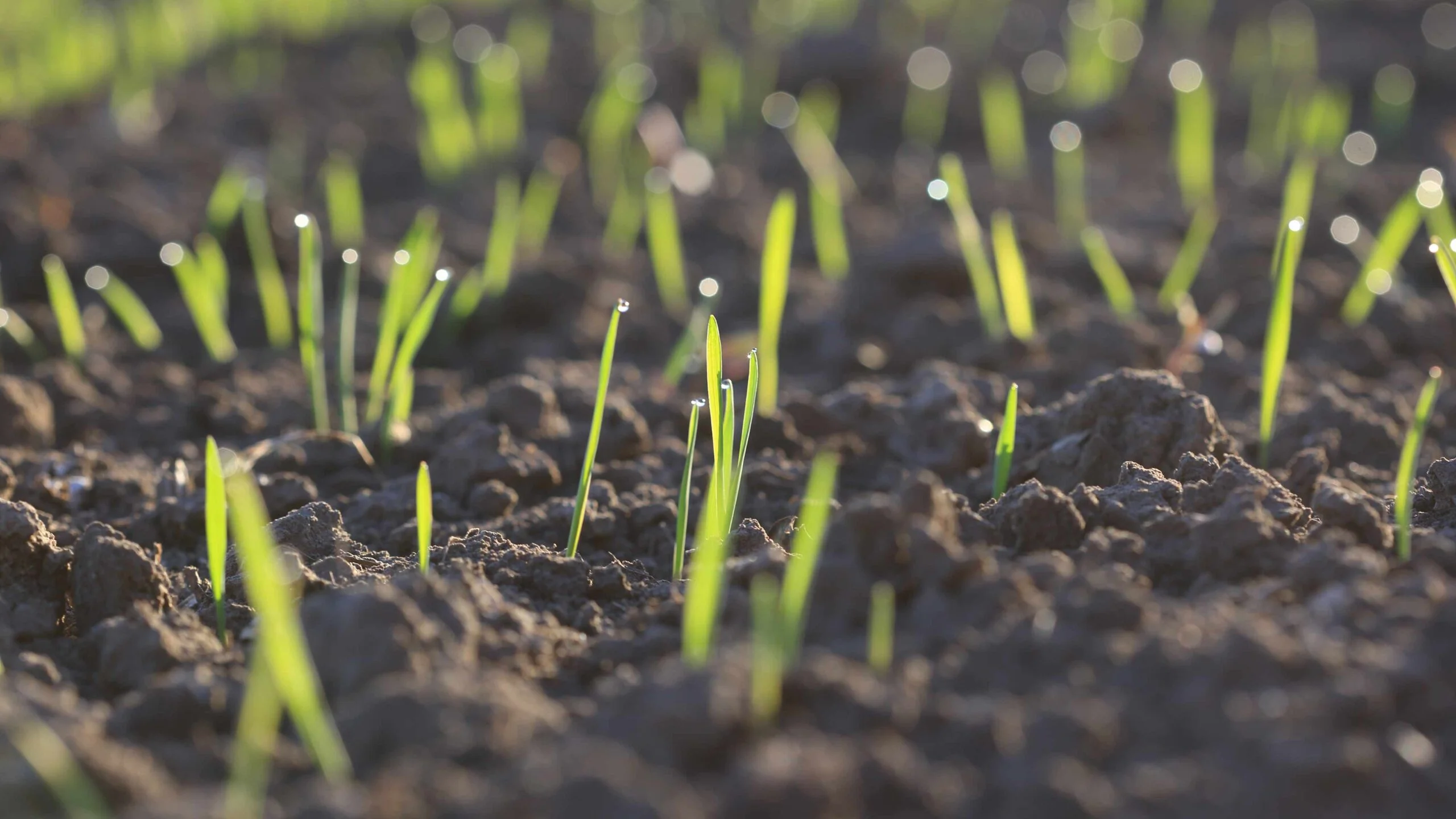
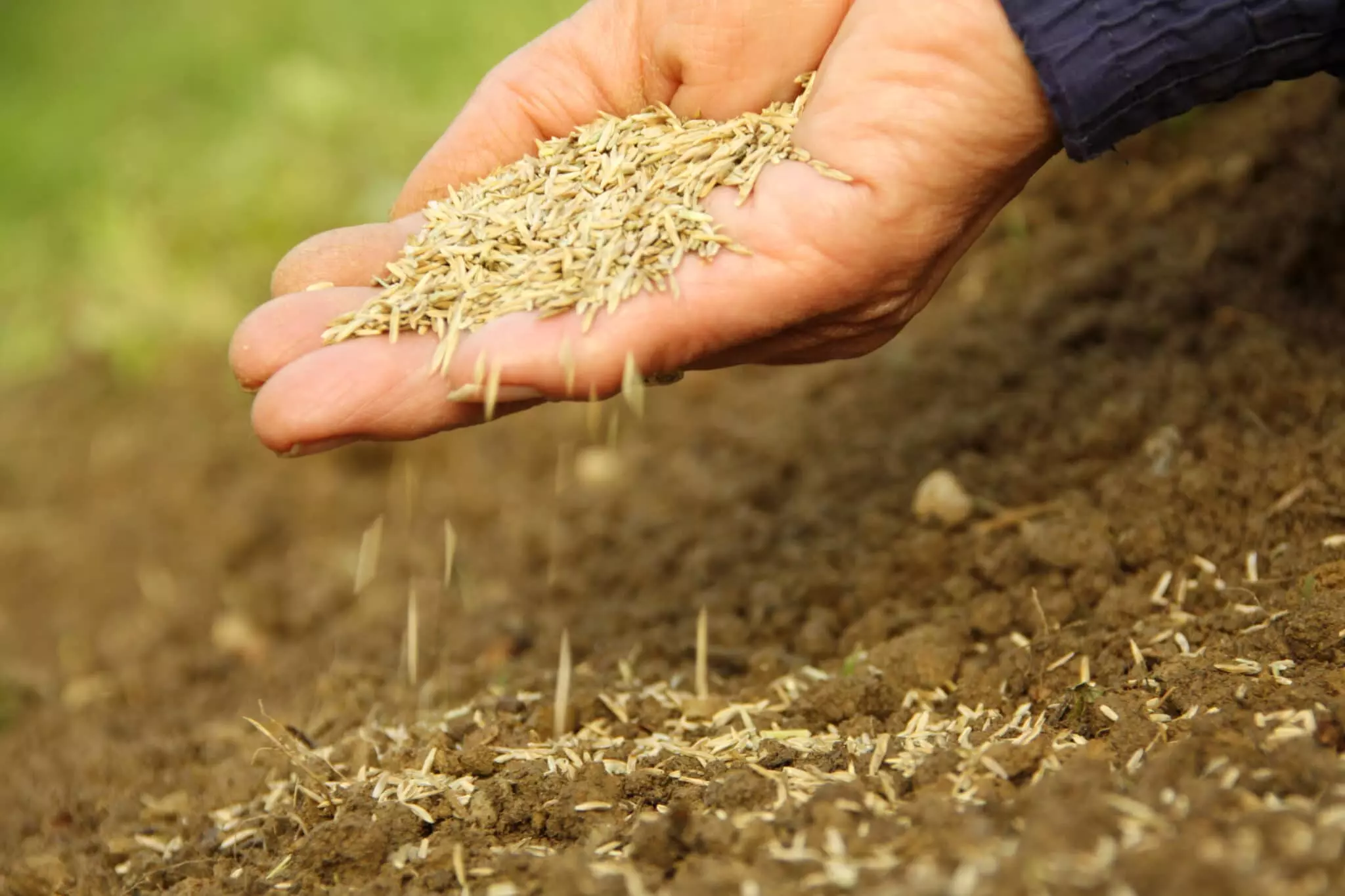
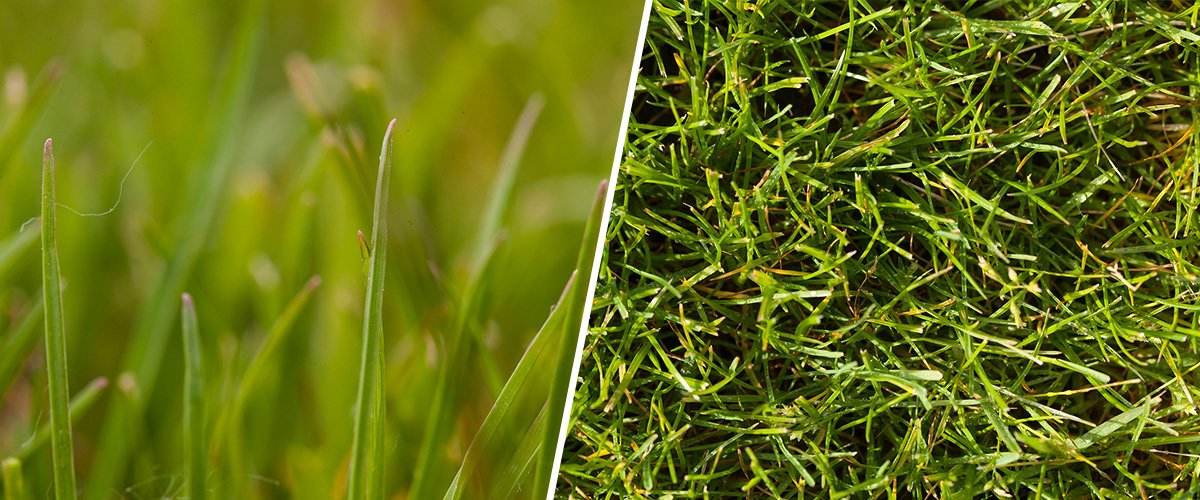
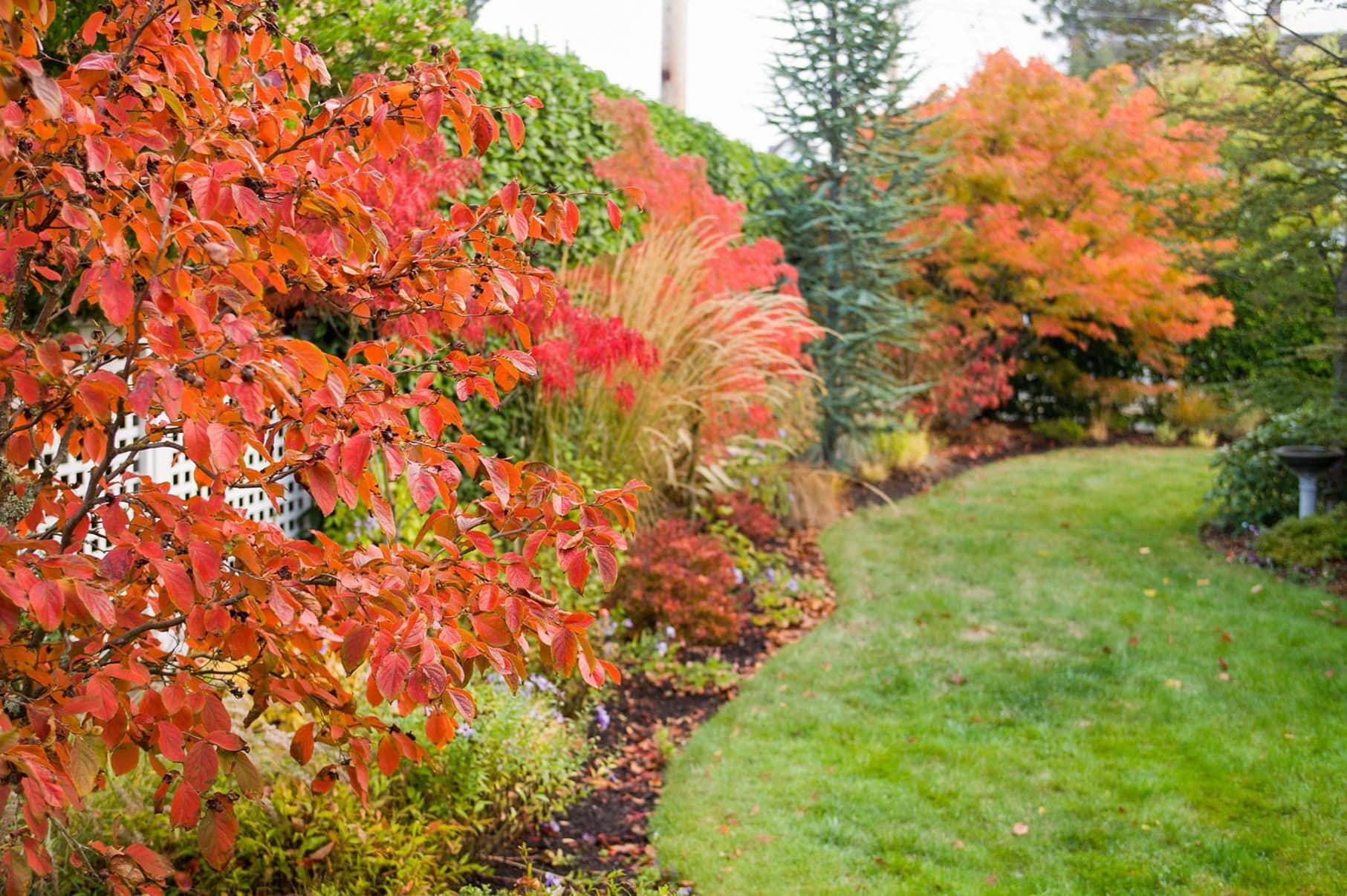

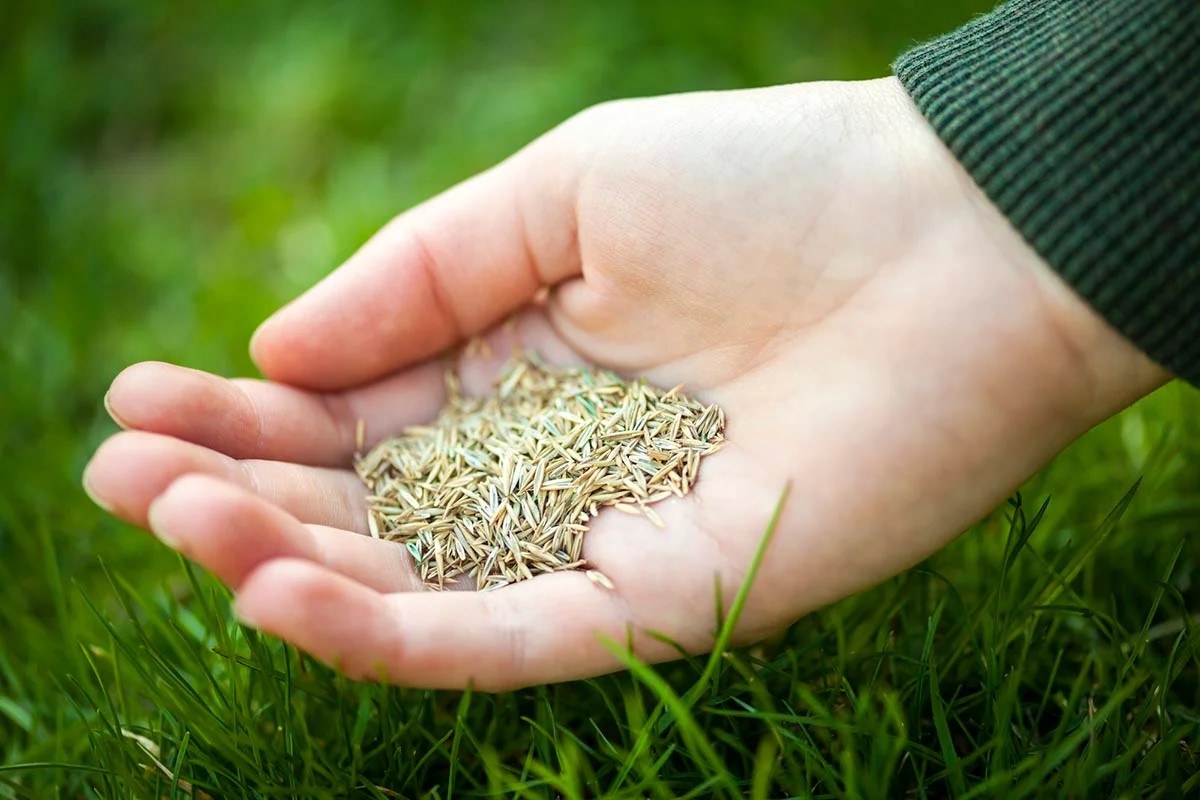
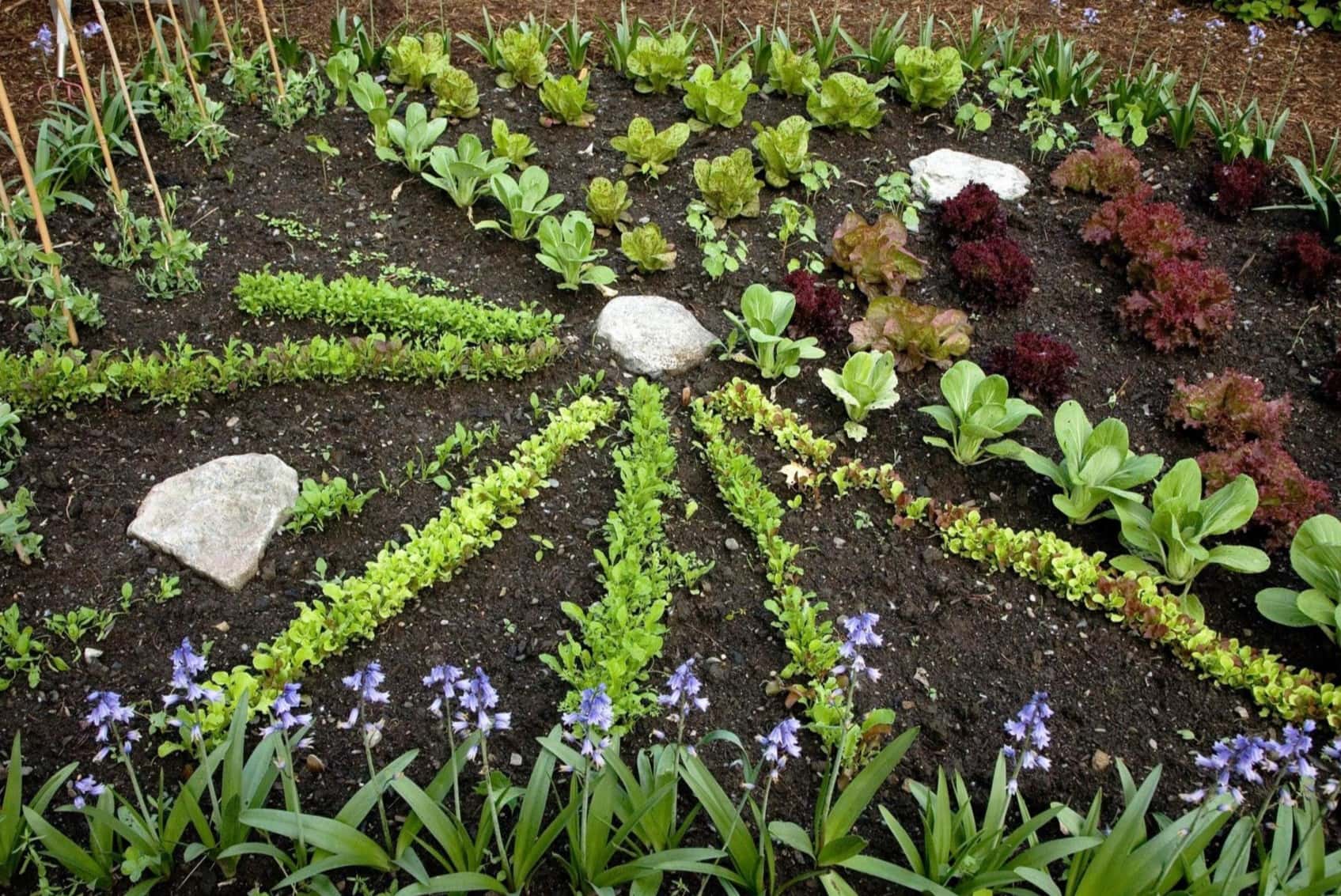
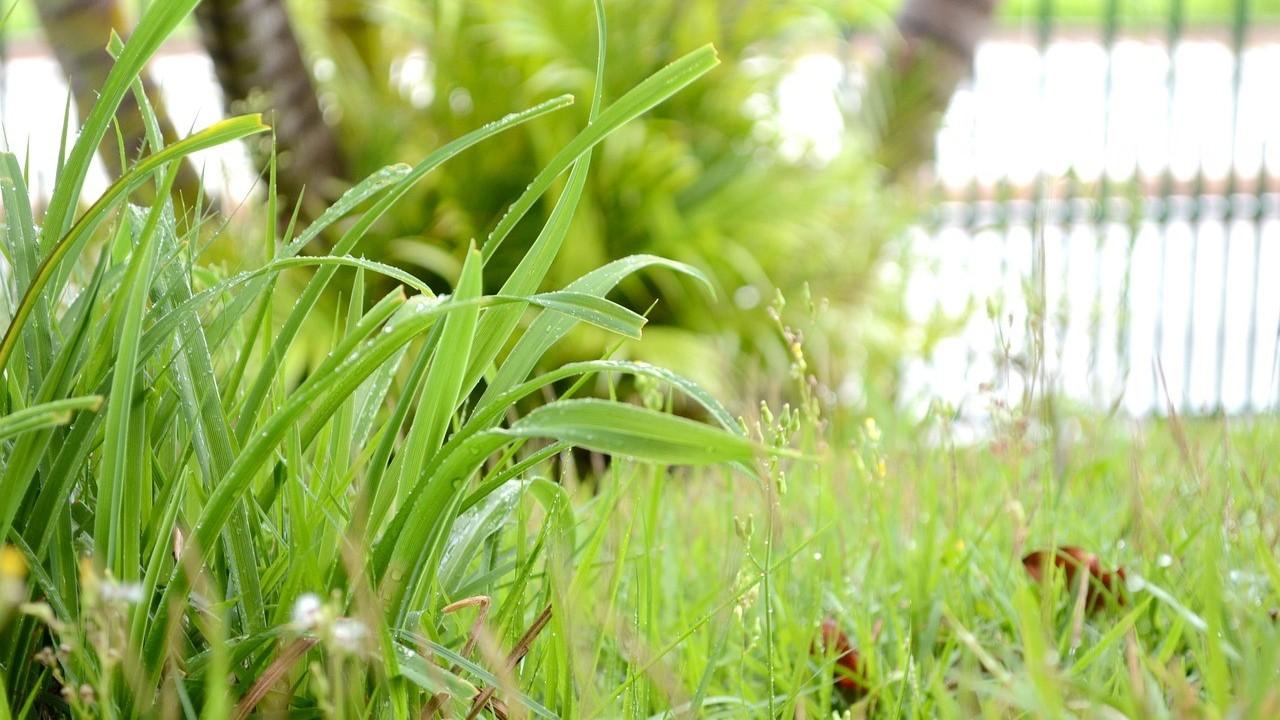
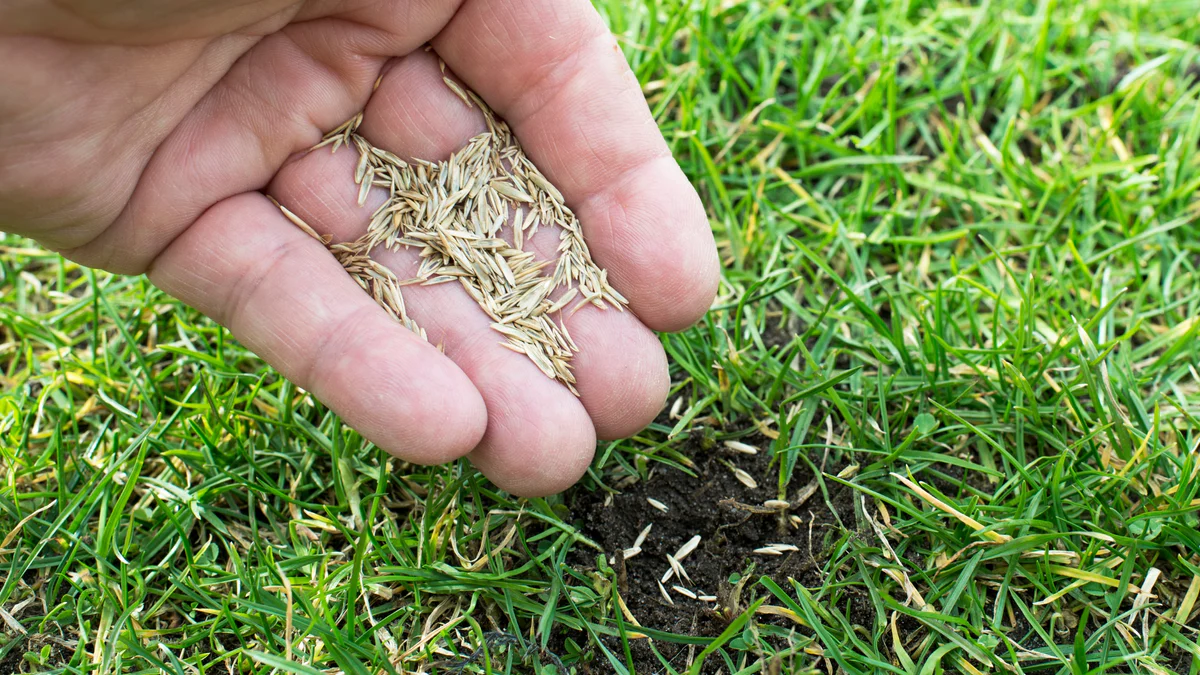

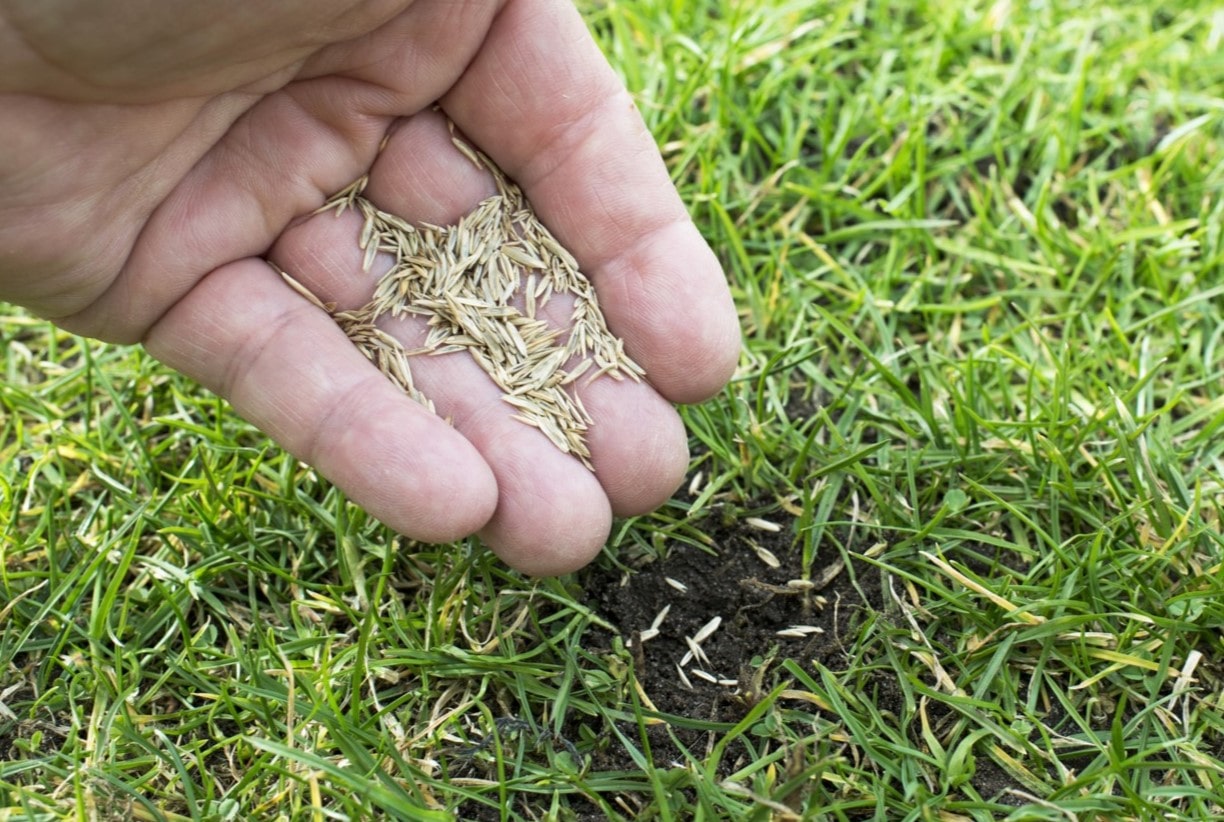
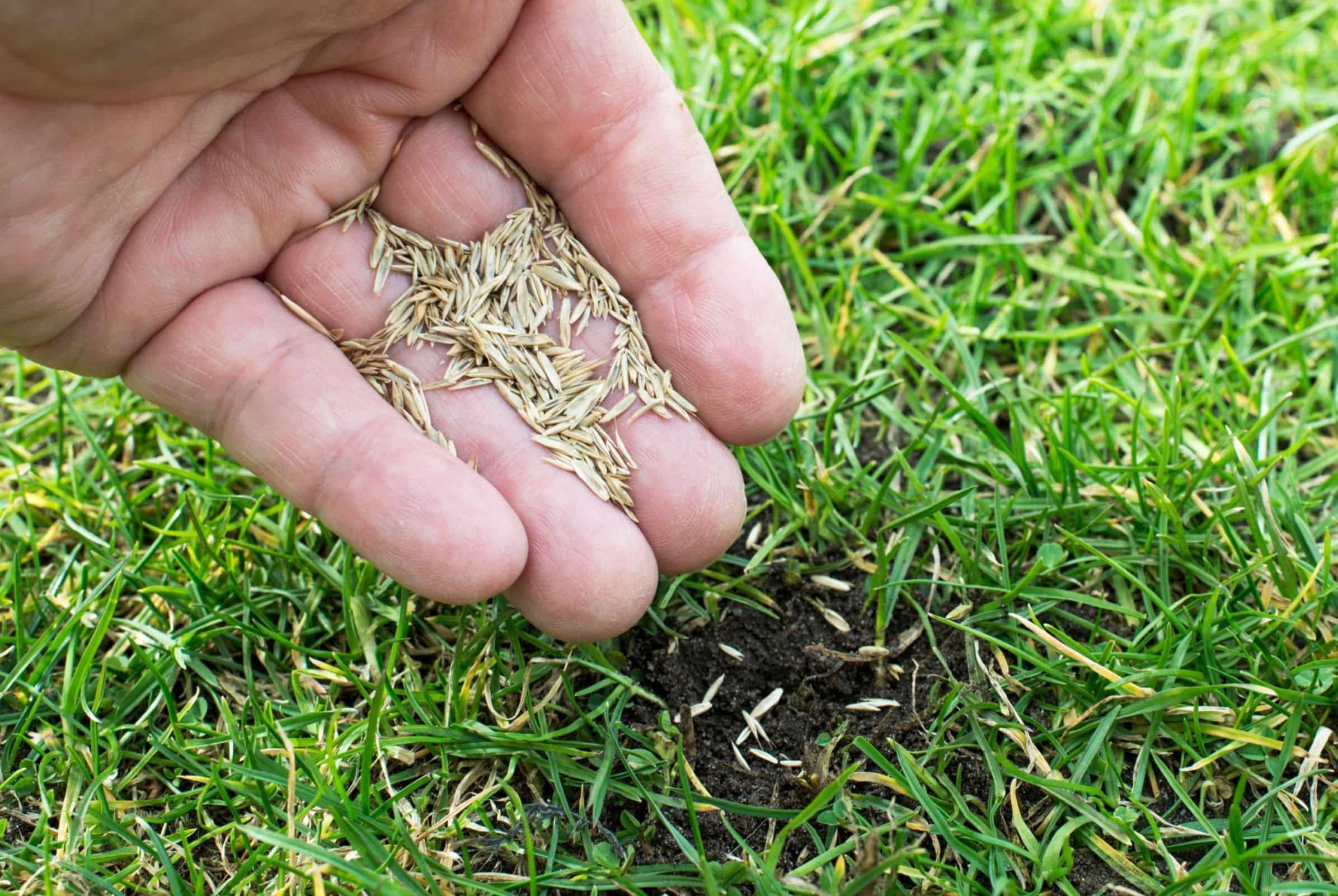
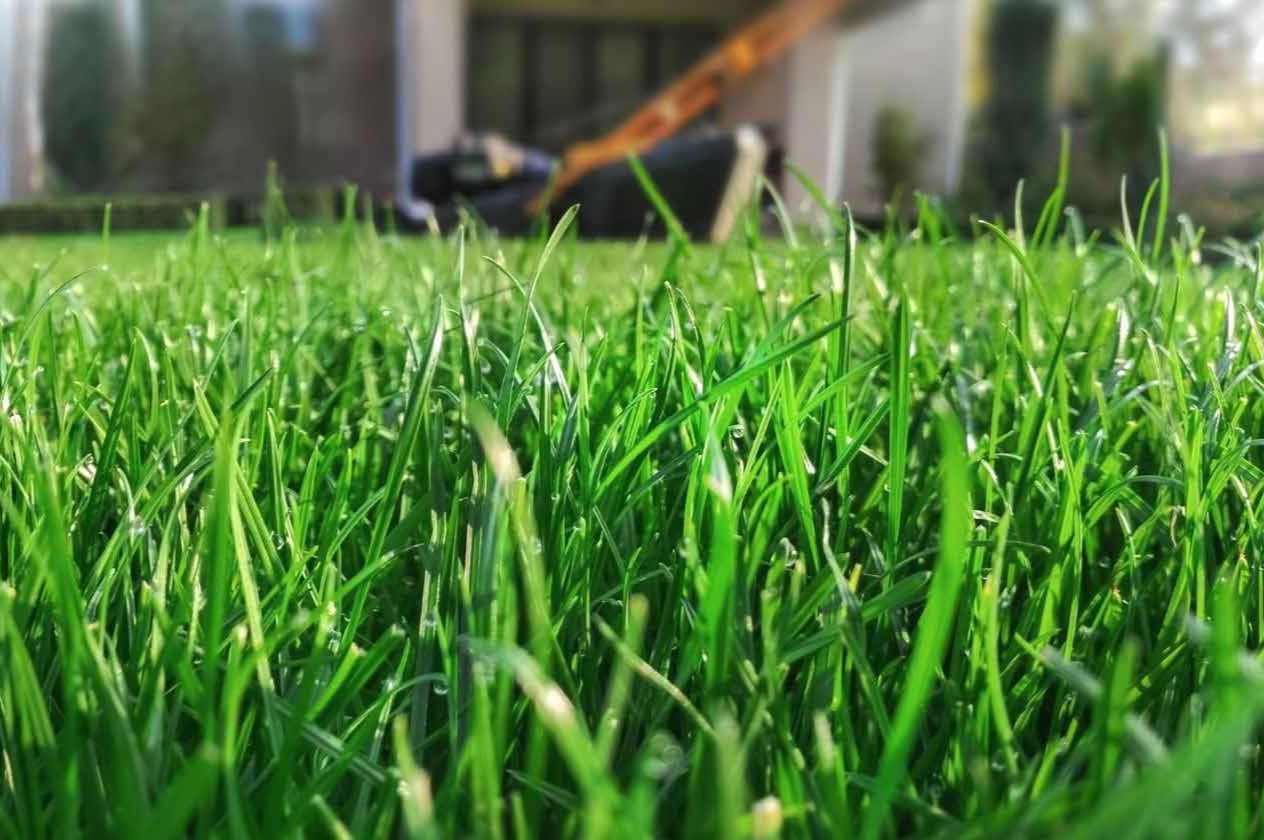
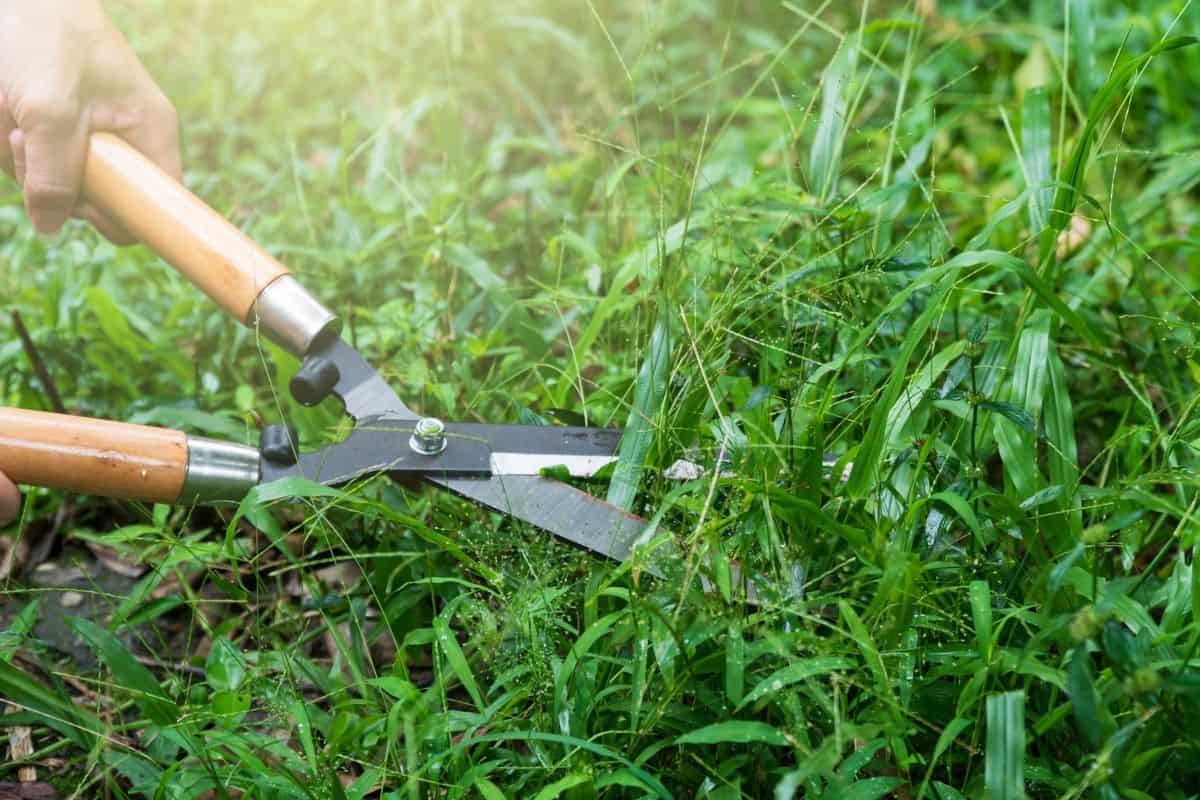
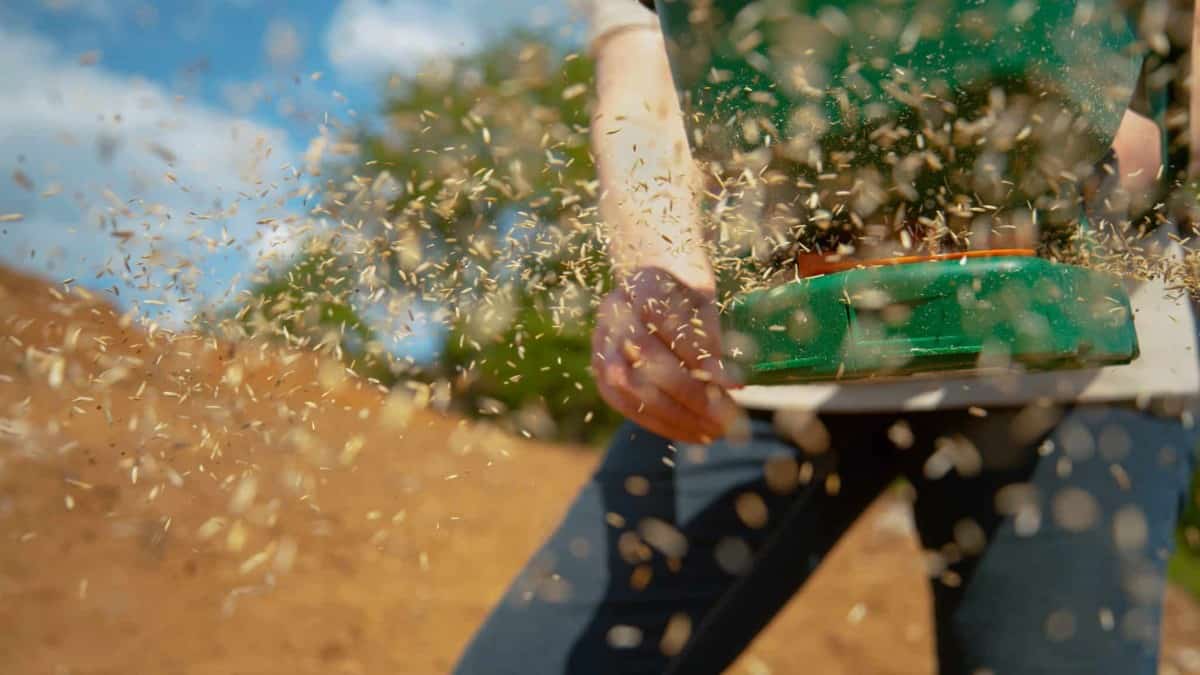

0 thoughts on “How Late To Plant Grass Seed In The Fall”